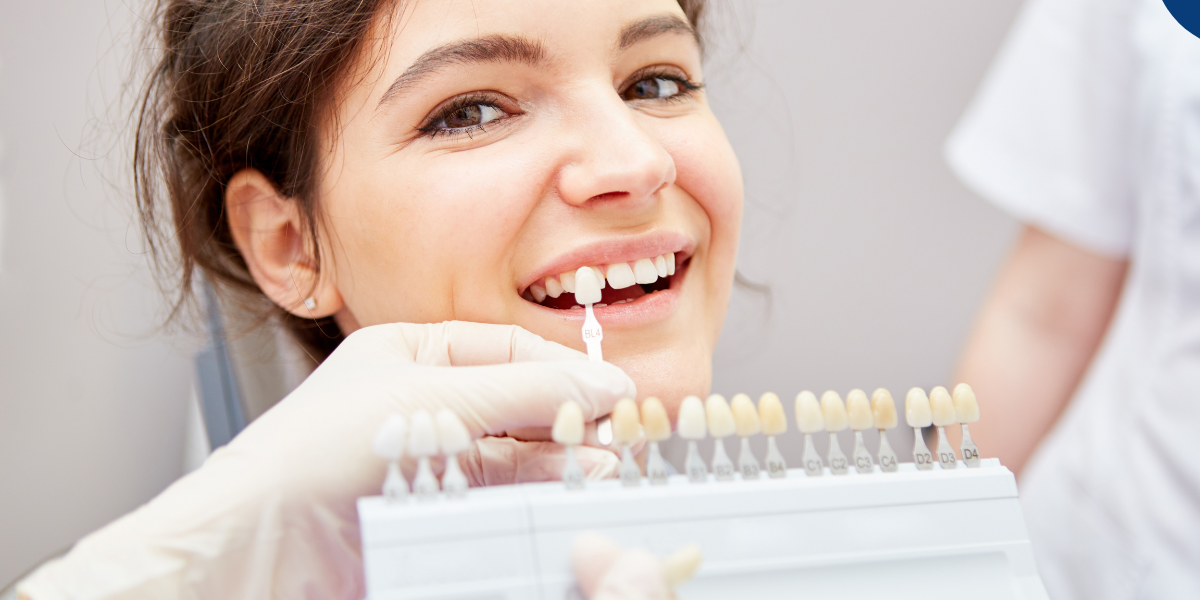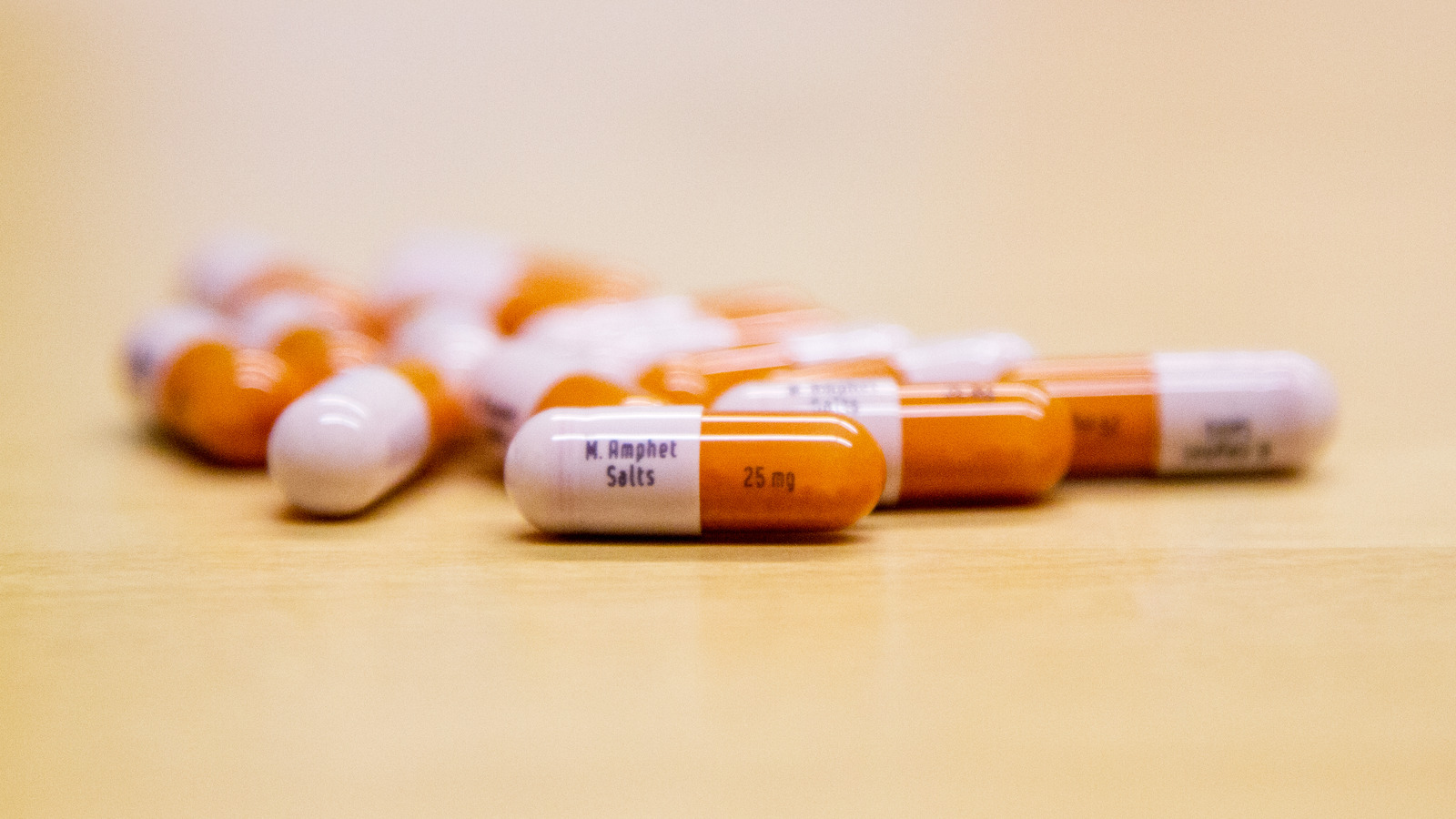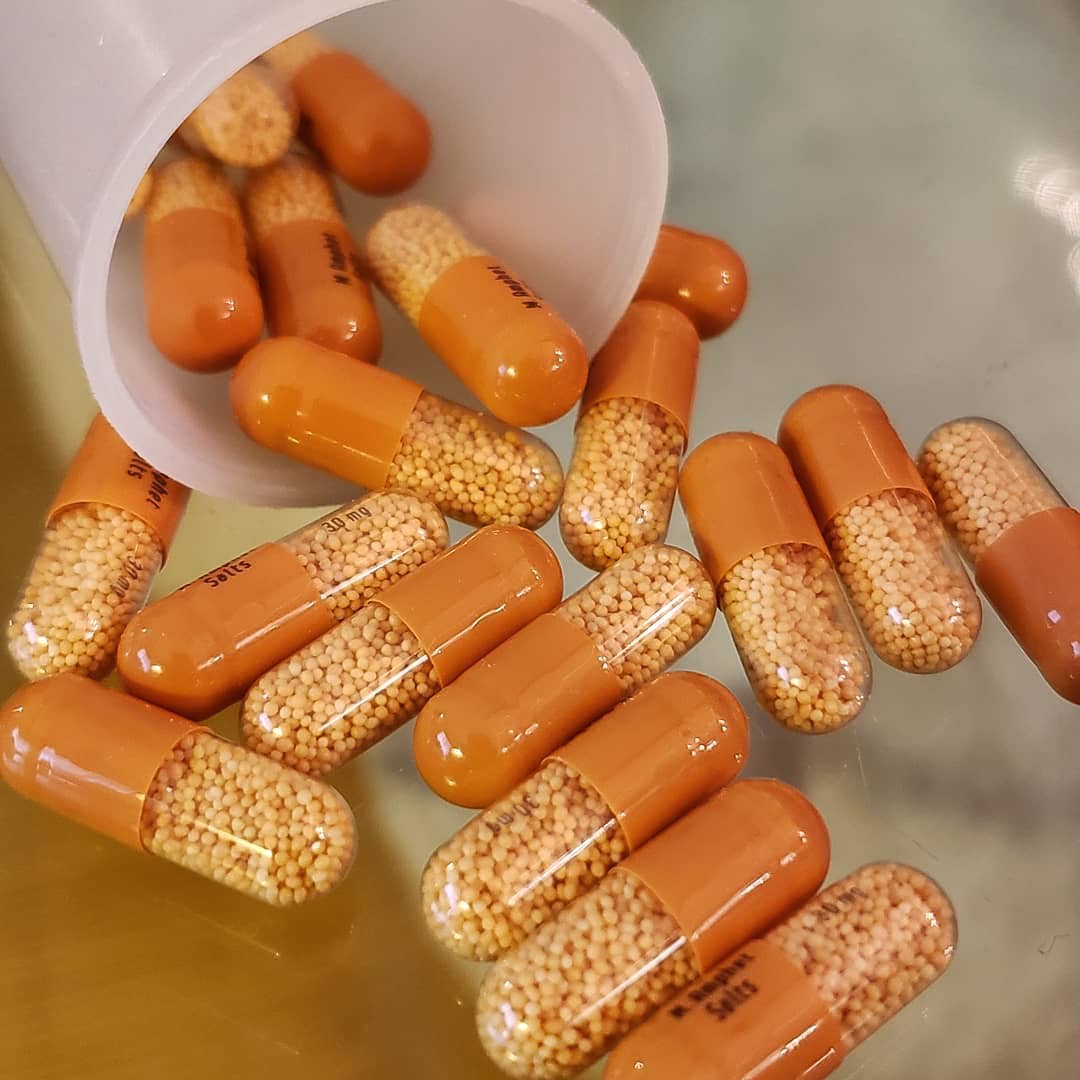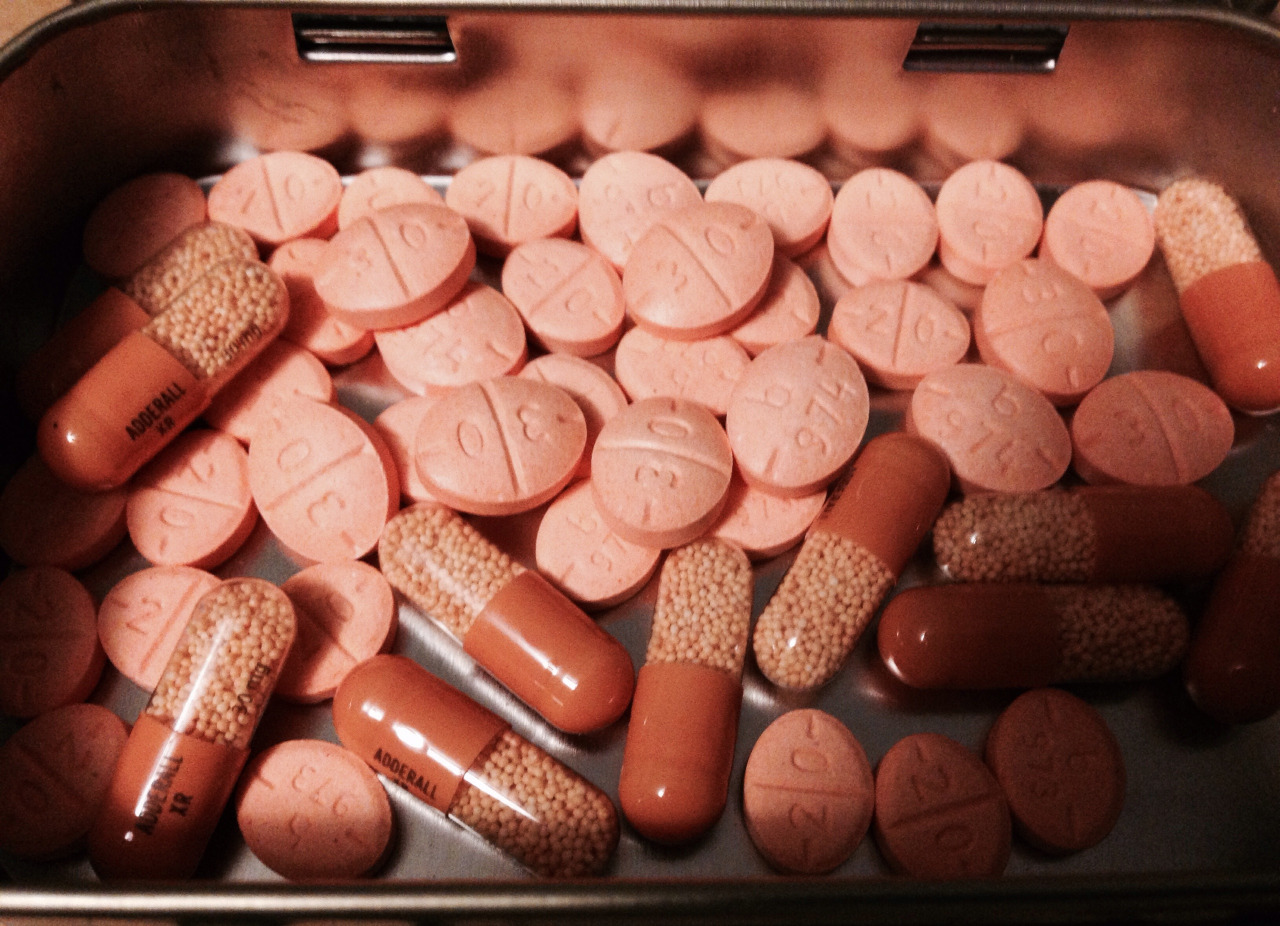Have you ever wondered why the teeth lose their pearly lustre over time? Of course, improper dental hygiene is a major contributor, but there are several other factors. We will describe them shortly below. Teeth discolouration is one of the most common problems that people face all over the world. However, the good news is that you can easily obtain a dental whitening treatment now. This blog will walk you through the causes of teeth discoloration and suggest whitening methods to help restore your smile’s radiance. So, continue reading until the end!
Teeth discoloration: Why does it occur?
Before we delve into the whitening treatment options, it is crucial to understand the causes behind teeth staining. Here is a list of some common reasons as to why teeth gradually turn dull and discoloured.
Food choices
Certain foods and beverages, especially the dark-coloured ones are the main culprits to cause tooth stains. For example, tea, coffee, wine, carbonated drinks, etc. The chemicals or colouring compounds present in them attach to tooth enamel; thus staining it over time. Even healthy foods, such as berries and home-made curries can cause discolourations.
Unhealthy habits like smoking and tobacco use
The nicotine and tar present in cigarettes can stick to the teeth, leaving yellowish or brownish stains with time. These are very hard to eliminate and you may require a professional dental whitening treatment.
Poor dental hygiene
If you are someone who skips daily dental hygiene, you are at high risk of developing tooth stains. Regular brushing and flossing prevent plaque formation and tartar build-up, thus maintaining overall oral health. Improper oral hygiene also causes stains to get into the enamel deeply.
Ageing
With age, the outer layer of the teeth (or enamel) wears away. This exposes the underlying yellowish dentine. Even though you practise oral hygiene religiously, this natural process cannot be prevented.
Medications
Certain medicines, particularly antibiotics can lead to tooth stains. Also, antihistamines and antihypertensives can give a similar effect.
Dental trauma
Any accidental injury to the teeth can harm the inner dentine layer, causing discoloration from within. This is characterised by a greyish and blackish appearance from outwards.
Opt for an enlighten teeth whitening in London immediately for it is the best dental stain removal solutions, by far.
Different colours of teeth discoloration
Different colours of teeth stains denote different issues. Most common discolorations are as follows:
- Yellow Teeth
Yellowing of teeth is the most common dental issues that people face. While this may occur naturally with age, certain bad habits can also lead to such condition. For example, smoking, improper maintenance of oral hygiene, and drinking dark-coloured beverages.
- Brown Teeth
Excessive smoking and drinking dark liquids are mainly responsible for browning of teeth. Plus, if you do not maintain your dental health, there may be subsequent build-up of plaque and tartar.
- Grey Teeth
Dental trauma and intake of certain antibiotics can cause grey teeth. In this, the bony dentine becomes dark (greyish when viewed from outwards).
- White Spots
Loss of minerals from the tooth enamel causes white spots or patches. It may also happen due to fluoride overtreatment and early tooth decay. Since the spots are bright white in colour, they become prominent amongst discoloured teeth.
- Black Teeth
Black colour in teeth indicates internal dental decay or an underlying infection. A tooth restoration technique like silver amalgam can also darken the associated dental tissues.
How Do I treat Teeth Discoloration?
Once the underlying cause has been identified, the next step is to find the right treatment procedure. Prevention is always better than cure; however, sometimes an additional smile enhancement may be required. Here’s how you can address and treat tooth staining:
Professional or in-office teeth whitening
It is rapid, typically taking around two weeks to produce visible results. In this, the dentist uses custom-fit dental trays and a calculated amount of bleaching component to cleanse the tooth stains. Be assured – you will not experience any kind of gum and dental damage in this. And the best part is that the effects of in-office teeth bleaching can last up to three years, maximum (with optimal care). However, you must limit certain drinks such as, coffee, tea, etc. They may stain your teeth again, prompting additional whitening treatments.
At-home teeth whitening
This is beneficial for those who have lesser tooth stains. At-home whitening treatment uses strips, gels, bleaches or trays, with most of them being mild in strength. However, the effects do not last as long as a professional teeth whitening treatment, requiring longer periods to generate results (from several weeks to months). In this context, let’s clarify a fact. Several commercially available over-the-counter whitening products promise immediate results – beware of them always! They use incredibly harsh bleaching agents that may damage your teeth and gums.
Over-the-counter Whitening Products
These dental whitening products contain lower concentrations of bleaching components, hence, are safe to use. Similar to a professional teeth whitening treatment, they use hydrogen peroxide. However, you must use them cautiously as they can cause a lot of damage upon accidental contact with the gums. The results of using these products typically remain up to a few months. Some popular OTC products are:
a. Whitening Toothpastes
These contain mild abrasives and chemicals that scrub away extrinsic tooth stains. The chemicals present in them react with the stains and disintegrate them into small removable particles. However, these toothpastes cannot change or lighten the actual shade of your teeth. Nor they can remove deep stains.
b. Whitening mouthwashes
These too contain hydrogen peroxide, loosening and removing yellow stains from the teeth. You need to swish it in your mouth for at least one minute and then spit it out. Doing this twice a day for a consistent period of time will generate visible results.
c. Teeth whitening Strips
Dental strips are thin, flexible plastic strips coated with hydrogen peroxide. Upon putting them on teeth, the bleaching component present penetrates the enamel, thus combating discolouration. Most OTC whitening strips have between 3% and 6% hydrogen peroxide, thus, the results will take sufficiently long time to show up.
d. Teeth whitening Pens
These have a peroxide-based gel and are meant to be applied directly to the teeth. The applicator is in the form of a fine bush-like tip. Whitening pens are portable, offering the most benefit to professional individuals. However, they are not sustainable enough to provide long-term outcomes.
Conclusion
All teeth whitening treatments can give long-lasting results if you maintain proper care. However, some treatments may be costlier than others and hence making a well-informed choice is crucial. Smile Dentist in London is the best place to obtain cost-effective dental whitening treatments – so hurry up and book your consultation today!



